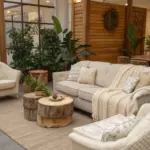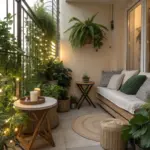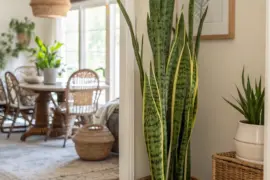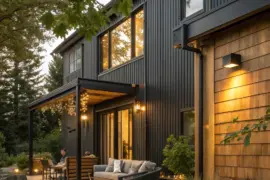Creating a sustainable outdoor space isn’t just about following trends—it’s about making thoughtful decisions that benefit both your garden’s health and the planet’s future. As garden designers, we’ve witnessed firsthand how small changes can create ecosystems that thrive while reducing environmental impact.
Foundation Materials: Building Sustainably from the Ground Up
Sustainable Hardscaping Solutions
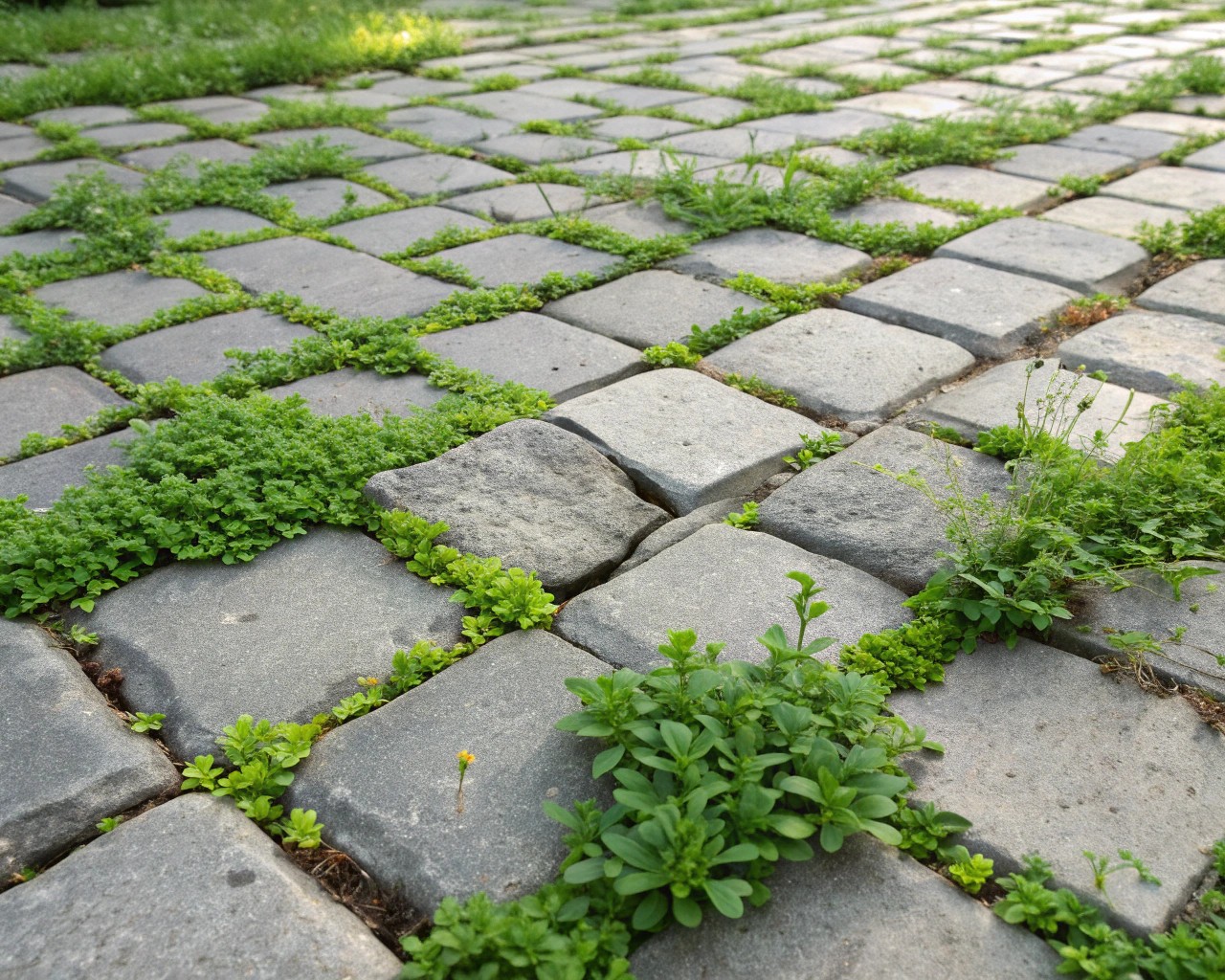
Permeable Paving Systems offer one of the most impactful upgrades you can make to traditional concrete and asphalt surfaces. These innovative materials allow rainwater to filter through the surface rather than creating runoff, reducing flooding risks by up to 90% compared to conventional paving. Modern permeable pavers combine functionality with aesthetic appeal, available in various textures and earth tones that complement any garden design.
The key advantage lies in their ability to recharge groundwater supplies naturally while preventing contamination from harmful pollutants that typically arise during surface runoff. Installation involves creating intentional gaps between pavers filled with clean stone, beneath which layers of open-graded aggregate provide stability while allowing water infiltration.
Sustainable Material Selection extends beyond paving to encompass all hardscape elements. When choosing outdoor furniture and structures, prioritize these eco-friendly options:
- FSC-certified wood: Teak, eucalyptus, and acacia naturally resist moisture and pests when sourced from responsibly managed forests
- Recycled HDPE plastic: Made primarily from post-consumer milk jugs, offering weather resistance without maintenance chemicals
- Aluminum with high recycled content: Lightweight, rust-resistant, and fully recyclable at end-of-life
- Reclaimed materials: Salvaged wood, stone, and metal add character while reducing resource consumption
Water Management: Creating Resilient Systems
Rainwater Harvesting Systems
I’ve found that even modest rainwater collection dramatically reduces dependence on municipal water supplies. A standard 1,000-square-foot roof can collect approximately 300 gallons from just half an inch of rainfall. This free resource typically offers superior quality for gardens—soft water with neutral pH and no chlorine treatments.
Basic Collection Components:
- Catchment surface: Your existing roof serves as the primary collector
- Gutters and downspouts: Size gutters at least 5 inches wide; provide 1 square inch of downspout per 100 square feet of roof
- First flush diverters: Remove initial debris and contaminants
- Storage containers: Rain barrels, cisterns, or repurposed food-grade containers
- Distribution system: Gravity-fed or pump-assisted delivery to garden areas
Advanced Water Conservation Techniques include rain gardens and bioswales that capture and filter stormwater runoff naturally. These depression areas planted with native wetland species help prevent erosion while recharging groundwater supplies.
Efficient Irrigation Methods
Drip Irrigation Systems deliver water directly to plant root zones, reducing waste by 30-50% compared to overhead sprinklers. For vertical gardens and container systems, simple soaker hoses with 1/8-inch holes drilled every foot create effective low-pressure watering.
| Water Conservation Method | Water Savings | Installation Complexity | Best Applications |
|---|---|---|---|
| Drip Irrigation | 30-50% | Medium | Vegetable beds, perennials |
| Rain Barrels | Variable | Low | Small gardens, containers |
| Permeable Paving | Up to 90% runoff reduction | High | Driveways, patios, walkways |
| Native Plant Landscaping | 20-60% | Low-Medium | All garden areas |
Soil Health: The Foundation of Sustainable Gardens
Organic Soil Management
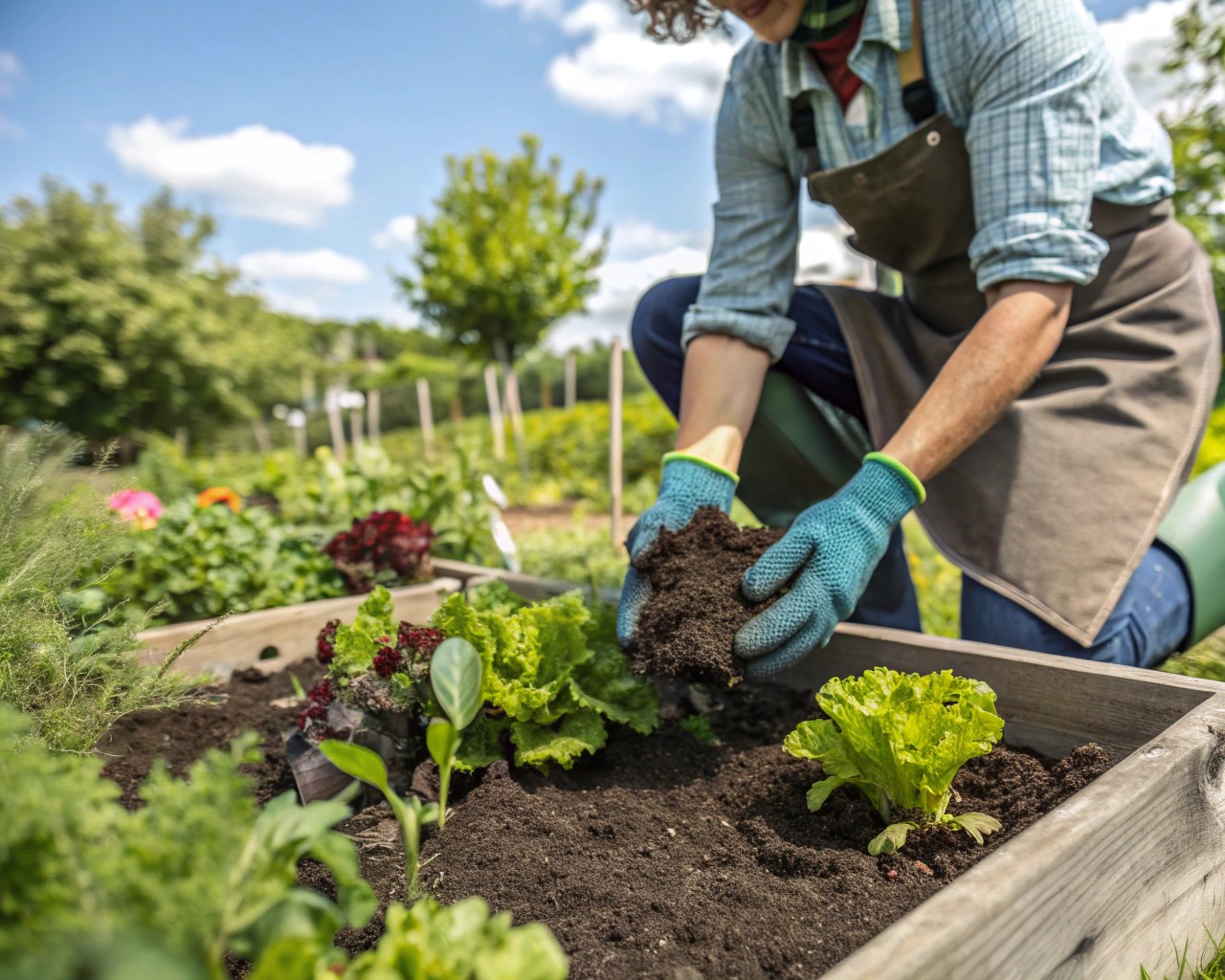
Composting Systems transform kitchen scraps and garden waste into nutrient-rich soil amendments that improve both physical and chemical soil properties. Well-made compost increases water-holding capacity while providing slow-release nutrients that minimize environmental runoff.
The biological benefits extend beyond nutrition—compost increases soil organic matter, creating stable aggregates that resist wind and water erosion while improving porosity for better root growth and soil organism activity. This enhanced soil structure facilitates water infiltration and aeration, crucial factors in drought-resilient garden design.
Natural Fertilizer Strategies focus on feeding soil organisms rather than simply providing plant nutrients. Organic fertilizers release nutrients gradually throughout the growing season, reducing the risk of salt injury to plants while supporting beneficial microbial communities.
Soil Amendment Alternatives
Moving away from peat moss represents one of the most significant sustainable choices you can make. Peat extraction releases massive amounts of stored carbon while disrupting unique ecosystems that support diverse wildlife. Sustainable alternatives include:
- Coconut coir: Excellent moisture retention with renewable sourcing
- Composted bark: Long-lasting organic matter that improves soil structure
- Rice hulls: Lightweight amendment that enhances drainage
- Well-aged compost: Provides both nutrients and soil conditioning properties
Plant Selection: Working with Nature’s Design
Native Plant Integration
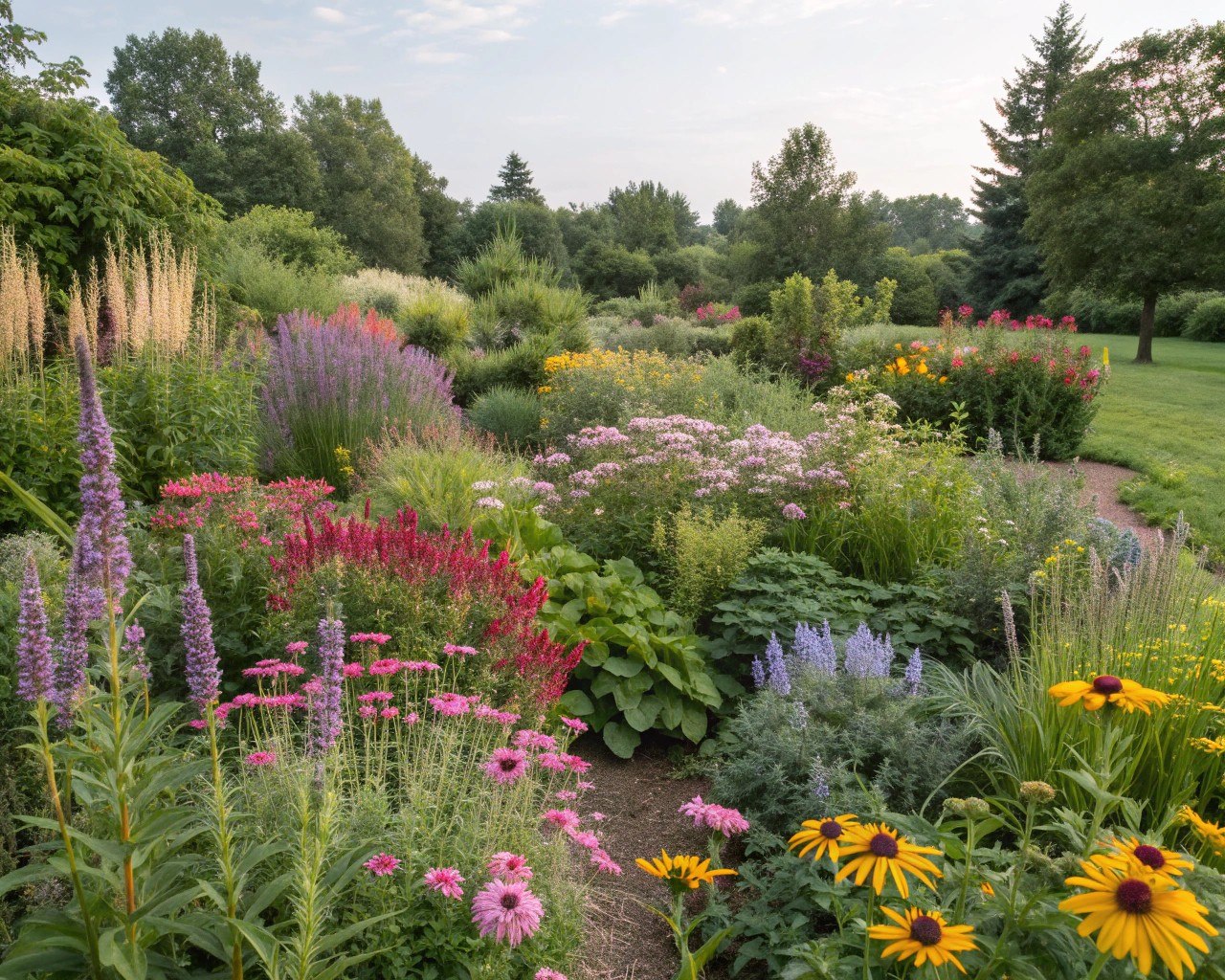
Regional Native Species offer unmatched resilience because they’ve evolved specifically for local climate, soil, and weather patterns. These plants require minimal irrigation once established while providing crucial habitat for local wildlife, including pollinators that support food production.
Drought-Tolerant Native Options excel in water-wise landscapes. Species like Purple Coneflower (Echinacea), Black-eyed Susan (Rudbeckia), and native asters provide season-long color while supporting beneficial insects. Many drought-tolerant plants have evolved specialized root systems—including deep taproots and water-storing corms—that access moisture unavailable to shallow-rooted species.
For different regions, consider these proven performers:
- Eastern United States: Butterfly Weed (Asclepias tuberosa), Wild Bergamot (Monarda), Coral Honeysuckle (Lonicera sempervirens)
- Western regions: California Poppy, Penstemon species, native grasses
- Southeastern areas: Firebush, Beauty Berry, native Viburnums
Wildlife-Supporting Garden Design
Pollinator-Friendly Plantings require diverse flowering species that provide nectar and pollen throughout the growing season. The key lies in layered planting—combining trees, shrubs, and herbaceous perennials to create habitat at different heights while ensuring food sources from early spring through late fall.
Habitat Diversity supports broader wildlife populations beyond pollinators. Incorporate brush piles, snags (dead trees), and varied plant textures to provide nesting sites and winter cover. Native berry-producing shrubs like elderberry, serviceberry, and native viburnums offer food for birds while adding seasonal interest to the landscape.
Sustainable Growing Methods
Vertical Gardening Solutions
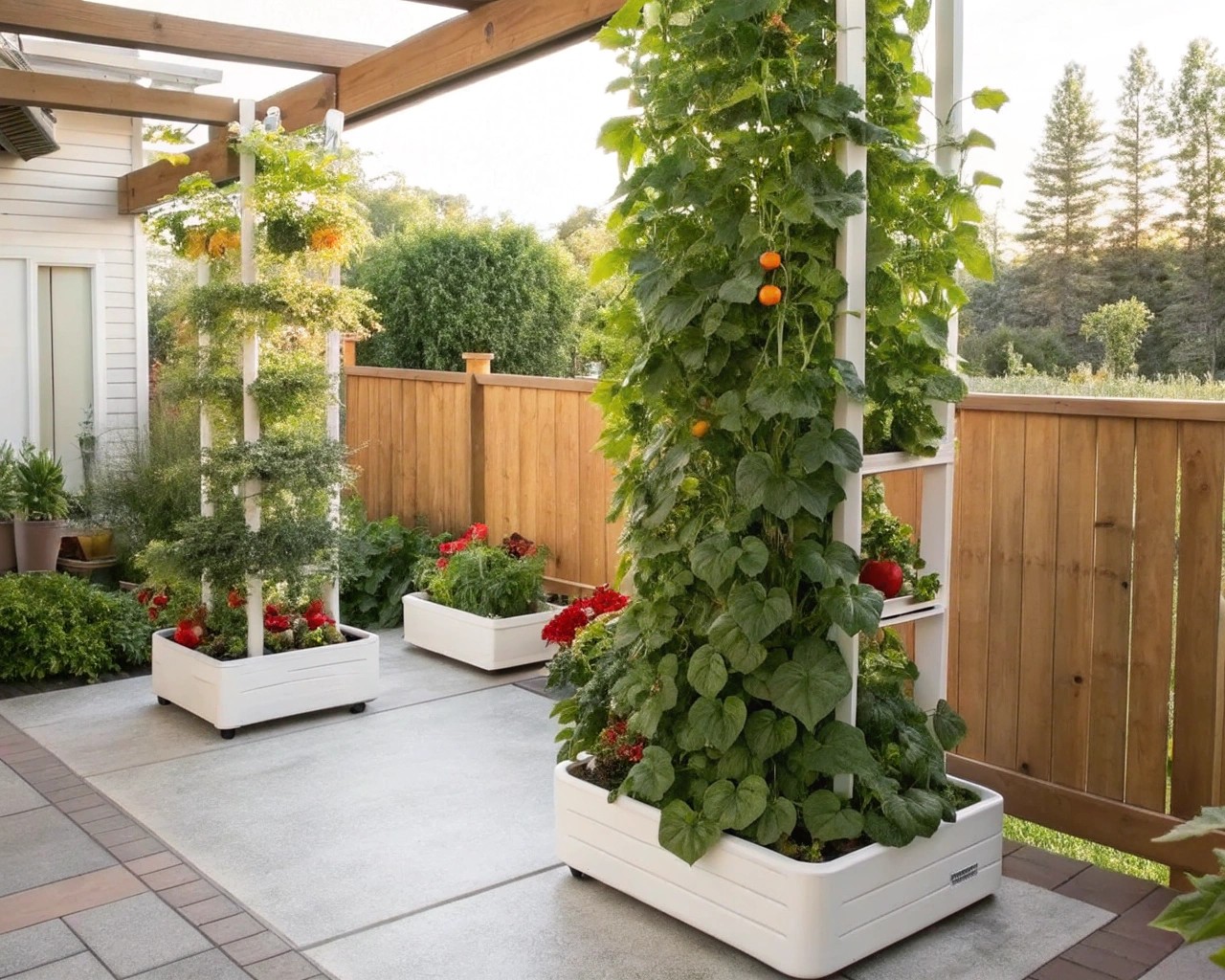
Space-Efficient Systems maximize growing area while minimizing resource use—perfect for urban environments and small spaces. Vertical gardens reduce water consumption through targeted irrigation while improving air circulation around plants, reducing disease pressure.
Modern vertical systems range from simple trellises supporting climbing plants to sophisticated modular walls incorporating built-in irrigation. For edible crops, focus on lightweight, productive varieties:
- Climbing vegetables: Pole beans, peas, cucumbers, indeterminate tomatoes
- Compact herbs: Basil, oregano, thyme, parsley
- Leafy greens: Lettuce, spinach, kale, Swiss chard
Sustainable Materials for Vertical Systems emphasize repurposed and natural materials. Wooden pallets (cleaned and sanded), bamboo trellises, and recycled plastic bottles create functional growing systems without environmental cost. Ensure proper drainage in all containers to prevent root rot and optimize plant health.
Container Gardening with Upcycled Materials
Creative Upcycling Solutions transform household items into functional planters while reducing waste. Food-grade containers, old furniture, and discarded household items often make excellent growing vessels with proper drainage modifications.
Effective Upcycled Containers include:
- Wooden furniture: Chairs, dressers, and tables adapted with fabric linings or built-in planting areas
- Kitchen items: Colanders, large pots, and unused appliances
- Storage containers: Plastic tubs, metal buckets, and ceramic vessels
- Automotive parts: Tires, hubcaps (ensure no toxic coatings)
Always drill drainage holes and consider food safety when growing edibles—avoid containers with unknown chemical treatments or those that previously held toxic materials.
Energy-Efficient Garden Features
Solar-Powered Garden Systems
Solar Lighting Integration eliminates electricity costs while providing beautiful evening ambiance. Modern solar garden lights incorporate advanced LED technology and improved battery systems that operate efficiently even during cloudy conditions.
Strategic placement maximizes both function and aesthetic appeal:
- Path lighting: Low-level fixtures that guide movement safely
- Accent lighting: Spotlights highlighting architectural plants or garden features
- String lights: Creating intimate spaces for outdoor entertaining
- Security lighting: Motion-activated fixtures for safety without energy consumption
Smart Solar Features include automatic dusk-to-dawn operation, motion sensors for security applications, and RGB color-changing options for special occasions. The environmental benefits extend beyond energy savings—solar systems reduce grid dependency and associated carbon emissions by up to 1.2 tons annually per household.
Green Roof Systems
Extensive Green Roof Applications work well for smaller residential projects, featuring shallow soil depths planted with hardy, drought-tolerant species like sedums and native grasses. These lightweight systems require minimal maintenance while providing significant environmental benefits including stormwater management, urban heat reduction, and habitat creation.
Intensive Green Roof Design allows for deeper soil and more diverse plant selections, including shrubs and even small trees. While requiring more structural support and maintenance, these systems can create usable recreational spaces while delivering maximum environmental impact.
Both systems provide measurable benefits:
- Stormwater reduction: 60-90% depending on design depth
- Energy savings: 10-30% reduction in heating and cooling costs
- Urban heat mitigation: Surface temperatures 30-50°F cooler than conventional roofs
- Air quality improvement: Filtering pollutants while producing oxygen
Maintenance and Long-Term Sustainability
Integrated Pest Management
Biological Control Methods work with natural predators and beneficial insects rather than relying on synthetic chemicals. Encouraging native beneficial insects through diverse plantings creates natural pest suppression while supporting broader ecosystem health.
Companion planting strategies utilize plants’ natural properties to deter pests and support growth. Marigolds, nasturtiums, and aromatic herbs like basil and mint can reduce pest pressure when integrated throughout vegetable and ornamental plantings.
Seasonal Care Strategies
Organic Maintenance Practices focus on building soil health and plant resilience rather than quick fixes. Regular compost application, proper plant spacing for air circulation, and seasonal pruning minimize disease and pest issues naturally.
Water-wise maintenance includes mulching to retain soil moisture, grouping plants with similar water needs (hydrozoning), and adjusting irrigation based on seasonal rainfall patterns. These practices reduce maintenance labor while conserving resources.
Creating an eco-friendly outdoor space requires patience and planning, but the rewards extend far beyond your garden’s boundaries. Each sustainable choice—from permeable paving to native plant selection—contributes to healthier local ecosystems while reducing your environmental footprint. Start with one or two changes this season, then build on your successes as you develop confidence with sustainable practices. Your garden will become not just a beautiful retreat, but a meaningful contribution to environmental stewardship that benefits wildlife, conserves resources, and inspires others to make similar choices.


